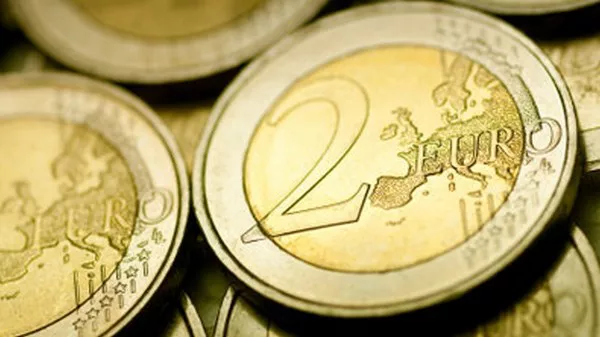The Eurozone, comprising 19 member countries sharing the euro as their common currency, stands as one of the largest economic blocs in the world. Recent economic indicators have sparked discussions and debates regarding whether the Eurozone is currently in a recessionary phase. This article aims to delve into the various economic factors, indicators, and expert opinions to provide a comprehensive analysis of the Eurozone’s current economic status.
Economic Indicators and Trends
GDP Growth
Gross Domestic Product (GDP) growth is a key indicator of economic health. In recent quarters, the Eurozone has experienced sluggish GDP growth, raising concerns about a possible recession. According to Eurostat, the statistical office of the European Union, the Eurozone’s GDP grew by a mere 0.2% in the third quarter of last year, following a similarly lackluster growth rate of 0.2% in the second quarter. Such tepid growth rates are often associated with economic slowdowns, if not outright recessions.
Unemployment Rate
Another vital metric for assessing economic health is the unemployment rate. High unemployment rates can signify economic distress and reduced consumer spending. In the Eurozone, while unemployment rates have seen a gradual decline over the past few years, they remain relatively high compared to pre-recession levels. As of the latest data available, the Eurozone’s unemployment rate stands at 7.4%, a slight decrease from previous quarters but still indicative of underlying economic challenges.
Inflation
Inflation, or the rate at which the general level of prices for goods and services rises, is a crucial factor in determining the purchasing power of consumers and the overall health of an economy. The Eurozone has been grappling with persistently low inflation rates, hovering below the European Central Bank’s (ECB) target of around 2%. Low inflation can be symptomatic of weak demand and economic stagnation, potentially exacerbating the risk of deflation, where prices continuously decline, leading to a downward spiral in economic activity.
Expert Analysis and Commentary
ECB’s Monetary Policy
The European Central Bank plays a pivotal role in steering the Eurozone’s monetary policy and addressing economic challenges. In response to the sluggish economic growth and low inflation rates, the ECB has implemented various monetary stimulus measures, including historically low interest rates and quantitative easing programs. However, experts remain divided on the effectiveness of these measures in stimulating economic activity and whether they are sufficient to avert a recession.
Geopolitical Uncertainty
Geopolitical factors, such as Brexit and trade tensions between major global economies, add another layer of complexity to the Eurozone’s economic outlook. The uncertainty surrounding Brexit negotiations and the potential for a disorderly withdrawal of the United Kingdom from the European Union have weighed on business confidence and investment decisions. Similarly, trade disputes between the United States and key trading partners, including the European Union, have the potential to disrupt global supply chains and dampen economic growth.
Structural Challenges
Beyond short-term economic indicators, the Eurozone also faces structural challenges that impede its long-term growth prospects. These include demographic shifts, such as an aging population and declining birth rates, which pose significant challenges to labor markets and pension systems. Additionally, structural reforms aimed at enhancing productivity and competitiveness in member countries have been slow to materialize, further hindering the Eurozone’s ability to achieve sustained economic growth.
FAQs
1. What defines a recession in the Eurozone?
A recession in the Eurozone is typically defined as two consecutive quarters of negative GDP growth. However, other economic indicators, such as unemployment rates, inflation, and consumer confidence, are also considered in assessing the overall health of the economy.
2. How do economic policymakers respond to a recession in the Eurozone?
Economic policymakers, including the European Central Bank and national governments, often implement monetary and fiscal stimulus measures to counteract the effects of a recession. These measures may include lowering interest rates, increasing government spending, and implementing structural reforms to stimulate economic activity and restore confidence.
3. What are the potential implications of a recession in the Eurozone for global markets?
A recession in the Eurozone can have significant implications for global markets, given the region’s economic size and interconnectedness with the global economy. A downturn in the Eurozone could dampen global trade and investment flows, leading to volatility in financial markets and potentially triggering a broader economic slowdown worldwide.
See Also The Euro vs Dollar: Which Currency Prevails?
Conclusion
In conclusion, while the Eurozone faces significant economic challenges, including sluggish GDP growth, high unemployment, and persistently low inflation, the question of whether it is currently in a recession remains subject to interpretation. Structural reforms, robust monetary policy measures, and concerted efforts at the national and European levels will be essential in addressing these challenges and fostering sustainable economic growth in the Eurozone. Continued vigilance and proactive policy responses will be crucial in navigating the uncertain economic landscape ahead.


